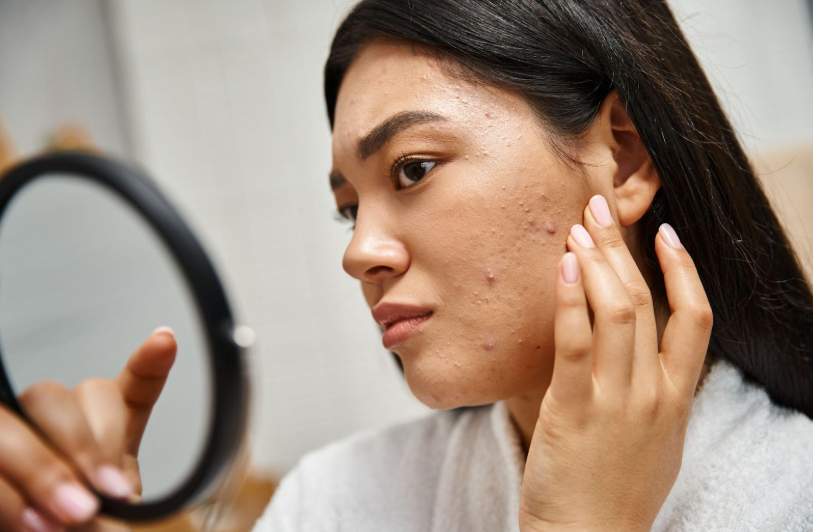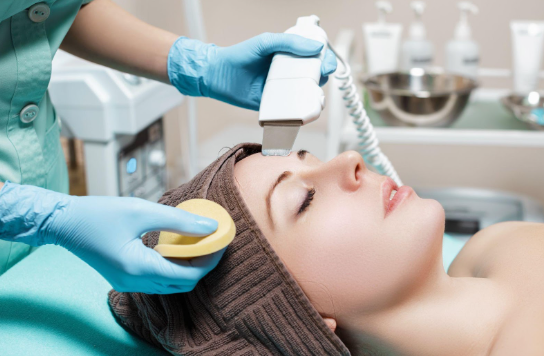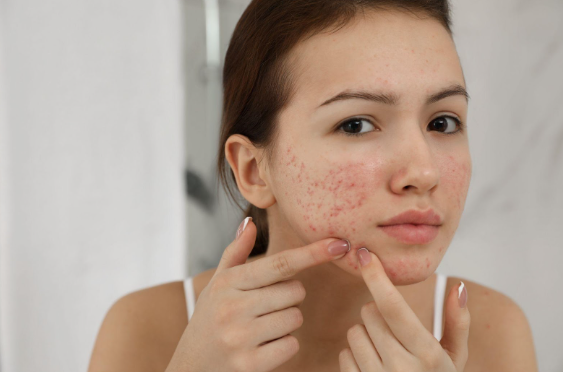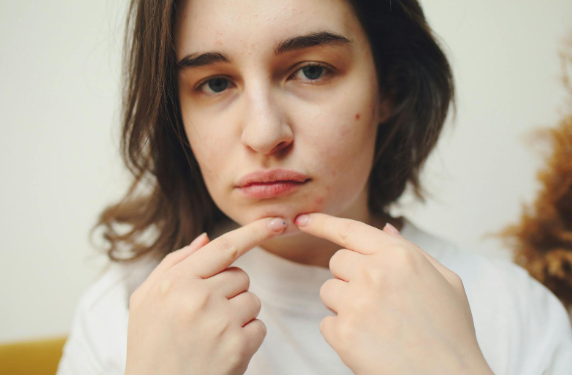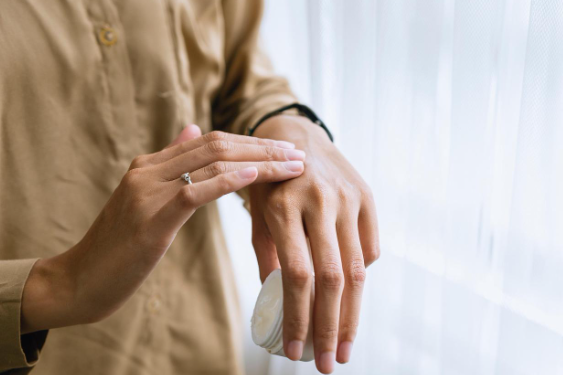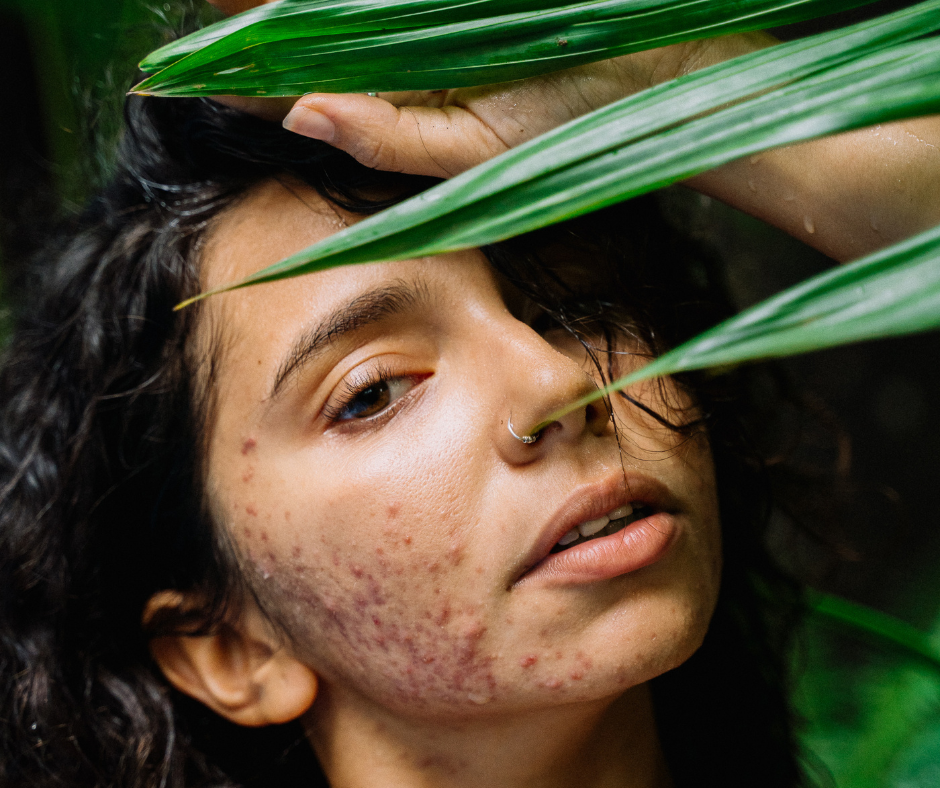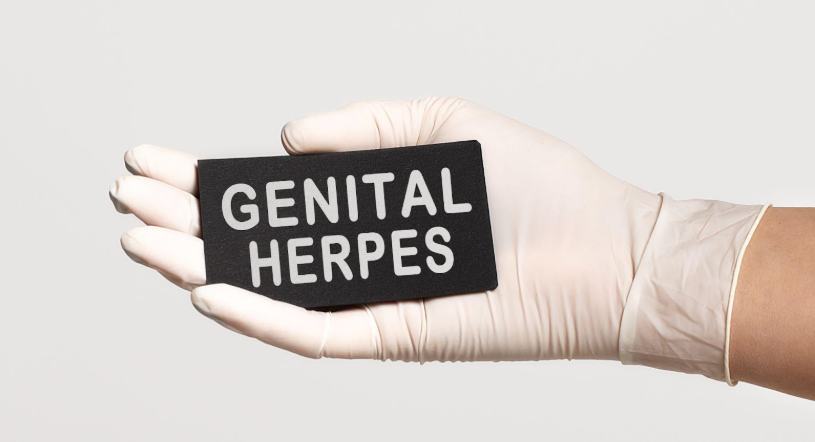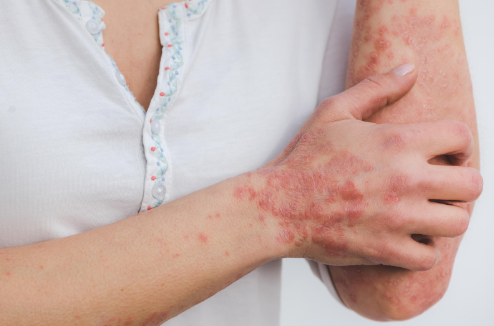Pityriasis Rosea & It's Connection To COVID-19 |Pine Belt Derm, MS
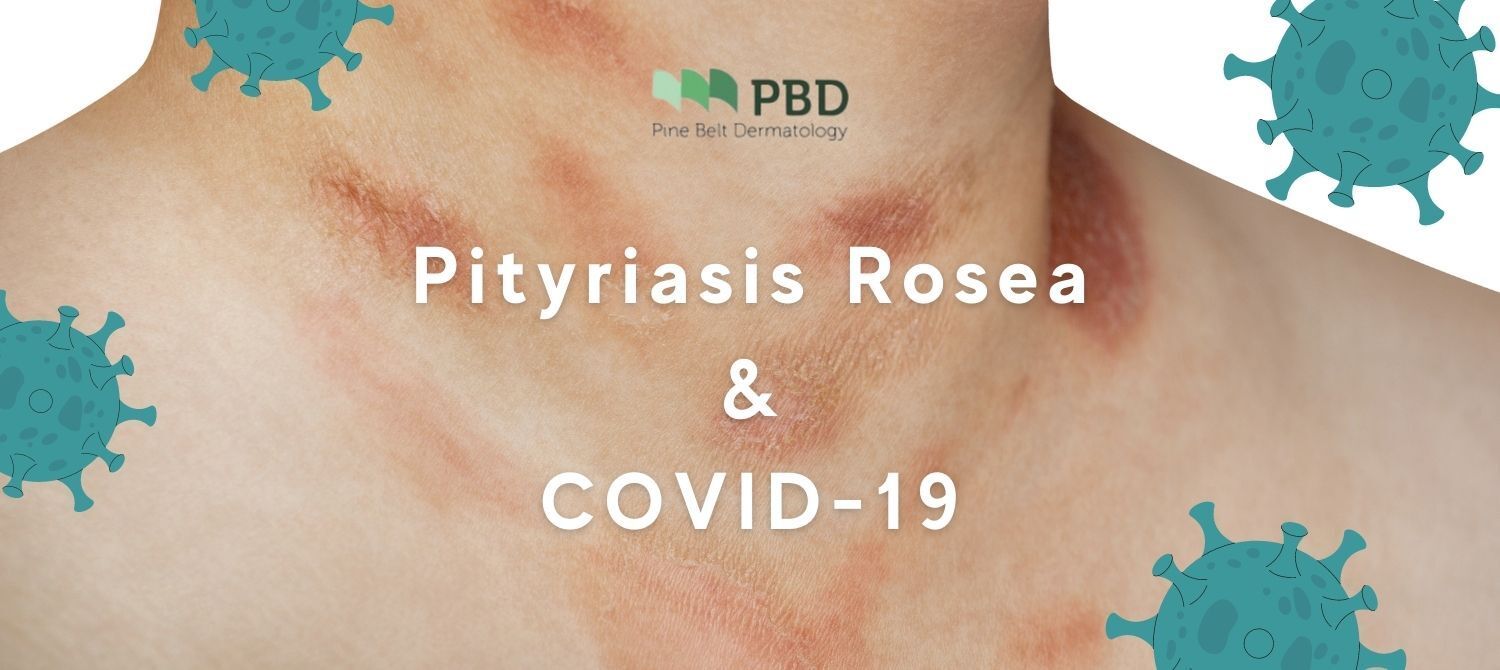
What Is Pityriasis Rosea?
Pityriasis rosea is a common skin disease. It appears as a rash that could last between several weeks and several months. The appearance of the rash may vary from person to person. In most cases, it appears during spring and fall and seems to be more prevalent among adolescents and young adults.
It is uncommon for those over 60 years old to develop pityriasis rosea, though it may last months longer when it does occur in this age group. In most cases, this disease does not result in permanent marks. Individuals with darker skin may, however, develop long-lasting flat brown spots.
Appearance
Pityriasis rosea is a relatively mild skin disorder characterized by a salmon or pink-colored, scaly rash with a distinct pattern.
In over 75% of the cases, a single, isolated oval scaly patch appears on the body, usually on the trunk, upper arms, neck, or thighs—this is known as the “herald patch.” Often, herald patches are misdiagnosed as ringworm or eczema.
During the next week or two, more pink patches will appear on the body and the arms and legs. Often, these patches appear in patterns over the back that resemble the outline of an evergreen tree with branches that are dropping. There may also be patches on the neck and, rarely, on the face too. Usually, these spots are smaller than the "herald" patch. After 2–4 weeks, the rash usually heals and is gone by 6–14 weeks.
Signs & Symptoms
In many cases, pityriasis rosea is preceded by vague symptoms similar to those associated with viral upper respiratory infections. These symptoms can include fever, headache, stuffy nose, sore throat, and fatigue. Sometimes there is no prior illness before the rash appears.
At first, the affected individual will develop a 2-to-4-inch sized herald patch. Multiple smaller scaly, pink or red spots will appear over the next few days or weeks. The rash may appear gray, dark brown, or black in individuals with darker skin. In some people, the rash does not itch; in others, it can be extremely itchy (pruritic).
Causes
The cause is currently unknown. So far, we know that it is not caused by a fungus or bacterial infection. It is also not caused by any known type of allergic reaction. Some researchers believe that pityriasis rosea is caused by a viral infection. However, even though the disorder was first described in medical literature in 1860, no infectious pathogen has ever been identified.
Several factors suggest pityriasis rosea is a viral infection—most individuals who develop the rash have vague, nonspecific symptoms before it appears (prodromal illness). After the acute phase, the symptoms do not recur, suggesting the body builds up immunity to the infection; and, because pityriasis rosea has occurred in clusters, it may be caused by a viral illness affecting a community. Although it is believed that pityriasis rosea is caused by a virus, it is not thought to be contagious.
Several researchers have suggested that autoimmune factors may play a role in the development of pityriasis rosea. A person who suffers from autoimmunity has an immune system that attacks healthy tissue for unknown reasons.
Diagnosis
A diagnosis of pityriasis rosea is based on the identification of characteristic symptoms, a detailed patient history, and a thorough clinical examination. Earlier stages of the disorder may require additional procedures such as blood tests or a biopsy to distinguish pityriasis rosea from similar skin conditions. Occasionally, your healthcare provider may perform a skin biopsy or scraping to confirm the diagnosis.
Treatment
For itching, external and internal medications may be used. To treat the rash, Aveeno oatmeal baths, anti-itch medicated lotions, and steroid creams may be prescribed. Lukewarm instead of hot baths may be recommended. Exercise, which could aggravate the rash, should be avoided. The use of ultraviolet light under the supervision of a dermatologist may be helpful.
Recently, both Famciclovir and Erythromycin have claimed to produce healing results within one to two weeks. In severe cases, oral anti-inflammatory medications such as prednisone may be necessary to promote healing. In mild cases, there is no need for treatment since this is a relatively harmless skin condition.
Investigational Therapies
Clinical trials information is available at www.clinicaltrials.gov. Studies with US Government funding, as well as those supported by the private sector, are published on this website.
Some current clinical trials also are posted on this page on the NORD website.
What’s The Link Between COVID-19 and Pityriasis Rosea?
When COVID-19 became a worldwide pandemic, a wide array of skin manifestations were reported, including pityriasis rosea.
There isn't a lot known about pityriasis rosea, so researchers have had difficulty linking it to one particular condition or disease. The most commonly linked disease used to be the herpes virus 6-7 (HHV). During the COVID-19 pandemic, however, its incidence in dermatological clinics and out-of-hospital clinics has more than doubled. Additionally, there have also been cases associated with the COVID-19 disease, presenting as early as the symptoms or together with them. Additionally, cases of this skin condition have been reported in response to vaccinations.
Research is still ongoing, but the link between pityriasis rosea and COVID-19 has been reported in cases where individuals with asymptomatic COVID infections came into the hospital to treat a skin condition, to then be told that they have the respiratory infection as well.
Cases Linked to COVID-19
Case 1
A 26-year-old woman with no previous medical history presented to a dermatology clinic with erythematous scaly annular and oval papules on the trunk in a 'Christmas tree' pattern for 1 week. The eruption was preceded by a herald annular plaque with a scaling collaret on the right thigh of the patient. After 48 hours, the patient developed fever, cough, and myalgia. A PCR test for COVID-19 was performed, and the result was positive.
This case may be linked directly to COVID-19 infection or the reactivation of other viruses (e.g. HHV6, HHV7, and EBV5), as described previously.
Case 2
A 33-year-old female presented to a dermatology clinic with a fever and pruritic skin rash. Upon examination of her skin, a rash of salmon-colored papules and patches, up to 2 cm in diameter, were seen on her chest, back thighs, and upper limbs. Lesions developed ten days before she appeared at the clinic. The symptoms began with an erythematous and scaly annular plaque on the left forearm, followed by a low-grade fever and occasional bouts of gastroenteritis. The oral and ocular mucosae were free of any presentations.
The patient was prescribed a cream by a local pharmacist before attending the clinic. Laboratory investigations showed lymphopenia. A positive nasopharyngeal smear test and chest x-ray were both indicative of COVID-19 infection. As far as she knows, the patient has not been exposed to anyone who has COVID-19, but she works in a traditional market, around hundreds of people, every day.
Cases Linked to COVID-19 Vaccination
Vaccination is one of the cornerstones of the fight against the Coronavirus (COVID-19) pandemic, though some side effects have been reported. Pityriasis rosea is a rare cutaneous complication of vaccination. However, a PR-like eruption is not a reason to avoid subsequent vaccinations.
Case 1 & 2
A 22-year-old woman presented with a 5-day history of asymptomatic skin rash consistent with a pityriasis rosea-like rash on the trunk, proximal extremities, and following the lines of the cleavage. Neither a herald patch nor systemic symptoms were present. The only link was that she was vaccinated seven days beforehand with her second dose of the Pfizer vaccine.
A 54-year-old woman was evaluated with a skin rash one week after her first dose of the Pfizer vaccine, which exacerbated after the second dose. No systemic symptoms were present. The rash consisted of multiple small, scaly oval plaques over the trunk, but also lacked the typical herald patch.
In Summary
Among the skin manifestations of COVID-19 infection, maculopapular rashes account for almost 50% of cases. Recently, Ehsanixi et al. reported on a young, otherwise-healthy man who had a typical PR eruption concurrent with COVID-19 pneumonia. Asymptomatic patients have also developed PR in isolated cases.
Unlike typical PR, drug-induced PR-like eruptions (PR-LE) are generally more itchy, diffuse, and confluent, and may involve the mucous membranes. There is no evidence of prodromal symptoms, and blood or/and dermal eosinophilia may be present, but no signs of HHV-6/7 systemic reactivation. Currently, pityriasis rosea and PR-like eruptions have rarely been observed to develop after vaccinations.
When You Should Come to Pine Belt Dermatology
If you develop symptoms of pityriasis rosea or suspect you may have PR-like symptoms, contact your doctor, or contact Pine Belt Dermatology directly. Our staff of outstanding Mississippi dermatologists offer both a comprehensive assessment and diagnosis of your skin, but also discuss all the treatment options: creams, pills, and phototherapy. Request an appointment today.
Contact your nearest health center for a test if you think you may have COVID before coming into the clinic.
If you would like more information on the scientific articles used to write this article, please take a look at our references section.
